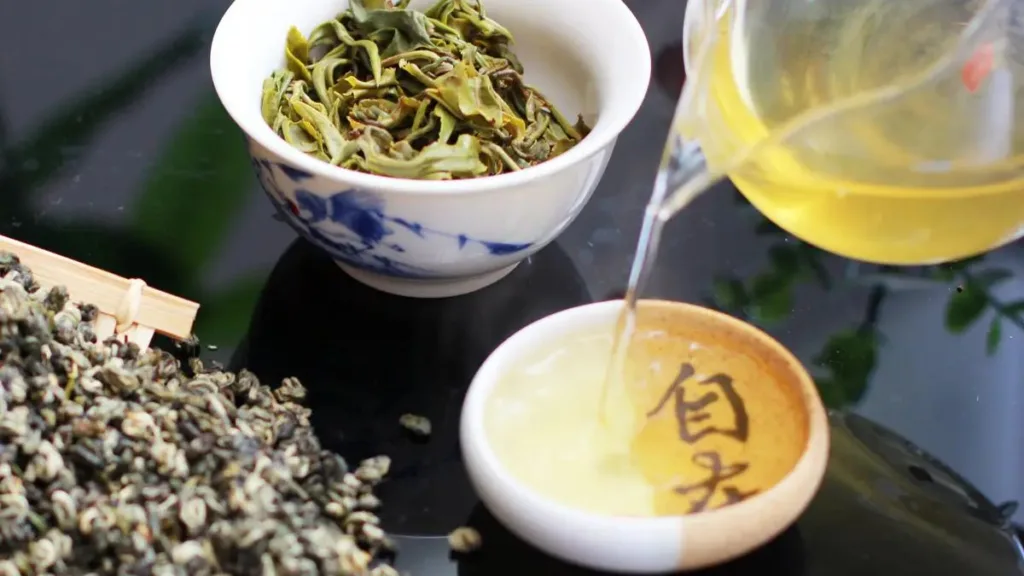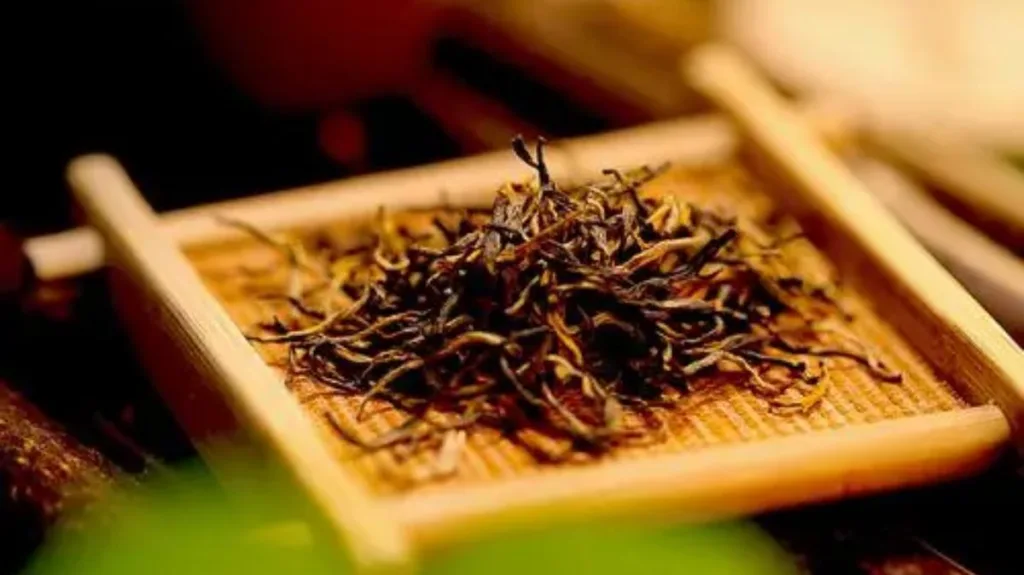For diabetes patients, the choice of Chinese tea type is crucial, as different green teas have varying effects on blood sugar levels and overall health. Among the suitable options, you can consider mulberry leaf tea, oolong tea, and green tea. However, it’s essential to be mindful of the tea strength and the timing of consumption.
Mulberry Leaf Tea for Diabetes: Mulberry leaf tea is an excellent choice for diabetes patients. It contains an active compound called 1-deoxynojirimycin (DNJ), which has been found to have a significant impact on controlling blood sugar levels. DNJ works by inhibiting the enzymes that break down carbohydrates in the intestines, leading to slower absorption of sugars and preventing spikes in blood glucose. This makes mulberry leaf tea a valuable option for managing diabetes.
To prepare mulberry leaf tea, you can use dried mulberry leaves or tea bags. Steep the tea in hot water for about 3-5 minutes, depending on your taste preferences. You can enjoy this tea as part of your daily routine, and it may help regulate your blood sugar levels over time.
Oolong Tea for Diabetes: Oolong tea is a partially oxidized tea that falls between green and black teas in terms of processing. It contains polyphenols, which have antioxidant properties and can contribute to better blood sugar control. The polyphenols in oolong tea can enhance insulin sensitivity, allowing your body to use insulin more effectively to regulate blood sugar.
To prepare oolong tea, use oolong tea leaves or tea bags. Steep the tea for about 2-4 minutes in hot water. You can enjoy oolong tea alongside your meals, as it may help stabilize your blood sugar levels, especially after eating.
Green Tea for Diabetes: Green tea is well-known for its numerous health benefits, and it can also be beneficial for diabetes management. Green tea contains a compound called epigallocatechin gallate (EGCG), which has antioxidant and anti-inflammatory properties. EGCG can help improve insulin sensitivity, reduce insulin resistance, and lower blood sugar levels. Additionally, green tea may have a protective effect on the pancreas, where insulin is produced.
To prepare green tea, use green tea leaves or tea bags. Steep the tea for about 1-3 minutes in hot water. It’s advisable to drink green tea after your evening meal, as consuming it on an empty stomach may have adverse effects on your body. Green tea can be a refreshing and healthful choice for diabetes management when consumed in moderation.
In conclusion, the choice of Chinese tea for diabetes patients depends on individual preferences and the desired health benefits. Each type of tea offers unique advantages in terms of blood sugar control and overall well-being. Remember to consult with your healthcare provider or a registered dietitian to incorporate these teas into your diabetes management plan and monitor their effects on your blood sugar levels. While these teas can be part of a balanced diet for diabetes, they should not replace prescribed medications or dietary guidelines from your healthcare team.



